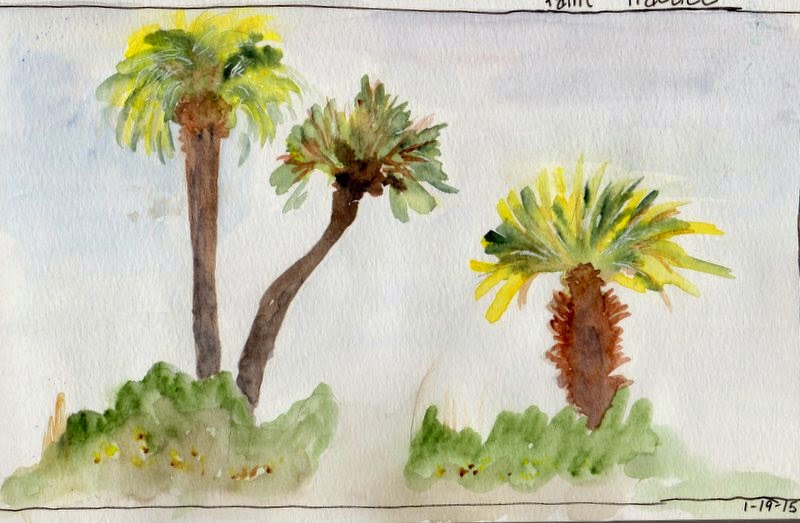Are we there yet?
With much of the US (and the rest of the world) either “social distancing” or “sheltering
in place,” all you extroverts and work-outside-your home folks must
be going crazy. While my day-to-day life hasn’t changed that much (I
admit I miss the library), I can certainly sympathize with the frustrations of
having your schedule turned upside down, and having to fill hours of the day
productively rather than stewing and worrying uselessly. Yes, of course, you
can binge watch TV or movies, or read, but here are a few more simple pleasures and everyday adventures for while you’re sheltering at home:
Bake something. Blow the dust off your bread machine (do
people still have those? I do!), mix up a batch of your family’s favorite
cookies, or use up the over-ripe bananas in banana bread. I find baking very calming,
not to mention yummy.
Take a walk in nature. Obviously, you should only do this if
you can do it safely, but there really is something so uplifting about getting
some fresh air and sunlight. (Plus, you probably need the exercise—see first
suggestion.)
Take an online art class. Laure Ferlita’s online watercolor classes are fun, accessible, and reasonably priced. She just launched a new one
last week, Spring Wreath. (No affiliation except friendship!)
Doodle with Mo Willems, Kennedy Center Education
Artist-in-Residence. Primarily aimed at kids, but still fun for adults! As he
says, “You might be isolated, but you’re not alone. You are an art maker. Let’s
make some art together.”
Watch and listen to the Berlin Philharmonic in their digital concert hall, free for 30 days, if you register by March 31. So soothing.
Participate in the Modern Mrs. Darcy Stay At Home Book Tour.
The first event was today, but there’s one every day this week, and if you
can’t join live, there will be replays available. Learn about it here.
Fill your mind with positive, encouraging, and uplifting
things, like:
This post, by Dani DiPirro of Positively Present.
This interview with author Rebecca Solnit. Her book A Paradise Built in Hell, “describes how in the aftermath of natural and
man-made disasters…human beings tend to respond by banding together, not
tearing apart.”
No doubt this is a hard and scary time. Let’s get through it
together. Share the things that are helping you in the comments below!












































